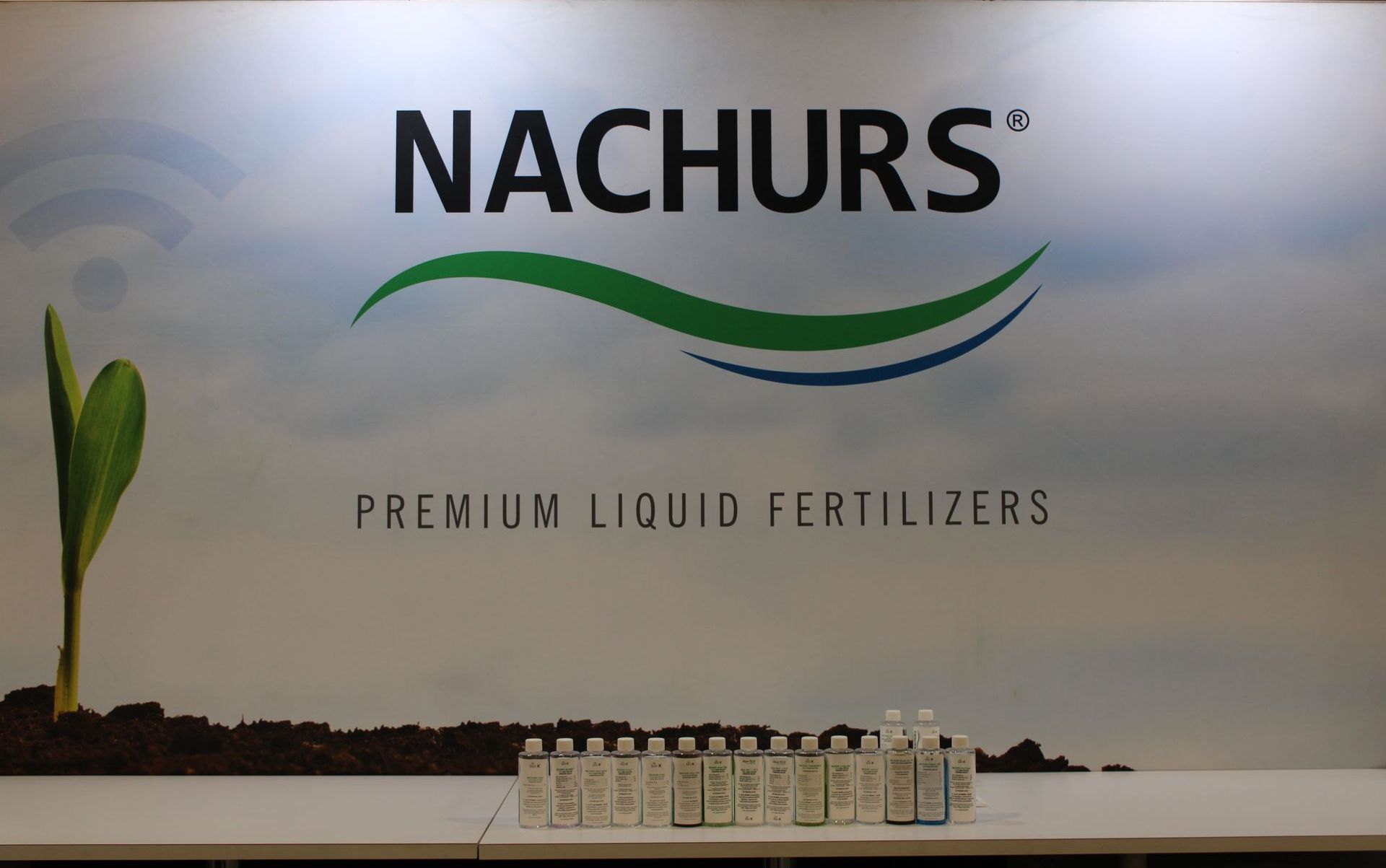AgroInsights
Is all liquid fertilizer really the same?

Jill Herold, Sales Agronomist US West
Is all liquid fertilizer the same? No. Is all liquid fertilizer produced in the same way? No.
I wrote an earlier blog on chemistry because it’s one subject I really enjoy. Chemistry is science, it is atoms, molecules, all interacting with one another to create life and even destroy life. There are basic parts to it and there are complex parts to it. Some chemical reactions take lots of energy, others not much, and some when you add another component called a catalyst can speed up a reaction without permanently changing its own chemical composition. Other things like heat and cold can also affect chemical reactions. When some reactions are super-heated, they create stronger bonds, increase solubility, reduce crystallization potential, and increase stability. Just like how our products are made at NACHURS®. We are very meticulous about how our products are made, to ensure the highest grade of quality, the purest product, filtered for the cleanest product on the market. Not all manufacturers have the same processes, not all manufacturers have the same standards of quality. I’ve toured several of our production plants to see how our products are made, I’m amazed at how efficiently we produce our liquid fertilizers. We have proprietary processes to produce many of our products. When a competitor comes along and says, “We have the same thing”, the question should be asked back to them of “How?” and “Why?”.
Our Canadian Agronomy Manager with Alpine, Steve McQueen, created this photo to showcase the quality of our products, the clarity and beauty. Our products are like fine wines and high-quality diamonds (quality, color, clarity) plus stability, mixability, efficacy, and flexibility of application.

Growers won’t have any issues with these flowing through their equipment.
It amazes me even more that NACHURS® has, and still is, performing life cycle analyses on our products through a reputable 3rd party and so far, is finding that we also have a lower carbon footprint than our competitors. So, are all liquid fertilizers the same? No.
Contact your local NACHURS® rep for more information and to find a local retailer near you.












